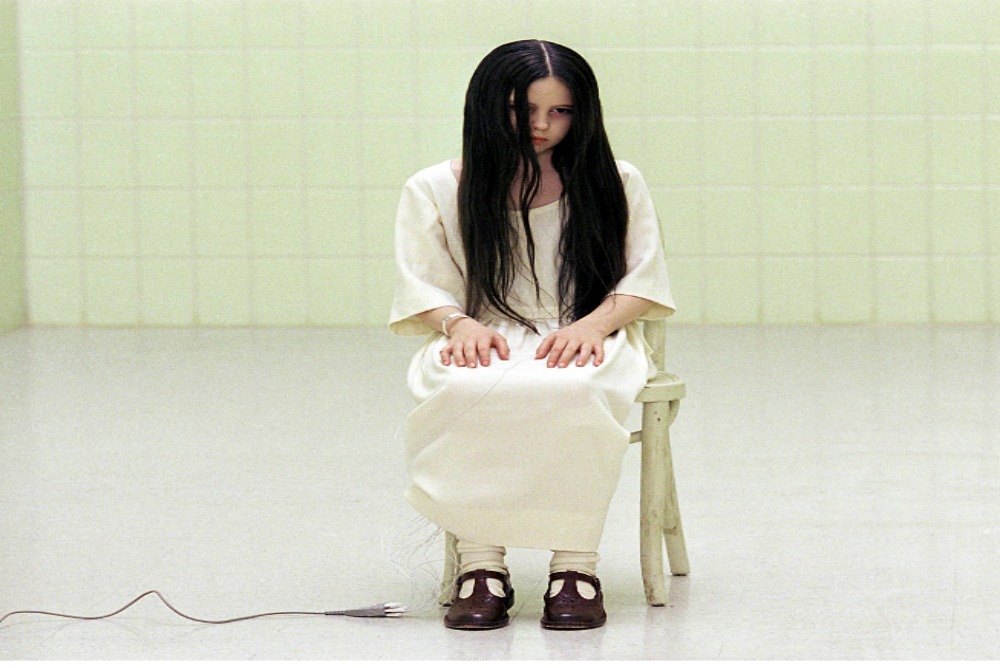One of my favorite things about Gore Verbinski’s version of The Ring (2002) is the bold statements about children expressed within the film. First Dr. Grasnick (Jane Alexander) articulates an understated fact about parenting and later Samara (Daveigh Chase) challenges our worldview of children. Dr. Grasnick expresses relief on behalf of the town that Samara disappeared never to be found. Discussion about Samara reveals the difficulty of parenting, the fissures that surface in a relationship with the arrival of a child, and the fear of what version of your child will be unleashed unto society.
From Minnie and Roman Castevet in Rosemary’s Baby (1968) to Grandpa Chapman in Silent Night, Deadly Night (1984), American horror has a troubling track record in how it depicts aging. Often used as a means of creating a sense of otherness, age is portrayed consistently as being horrific and fraught with evil undercurrents. Culturally, this makes sense. It is not at all surprising that as society has created new means by which to stave off the appearance of aging, the preponderance of elderly, villainous characters in film has increased. And certainly the fact that most of these villains are elderly females is not coincidental.
And so it was with great interest that I recently watched the cult classic Homebodies (1974). Revolving around the plight of a group of senior citizens who are displaced from their homes in the name of gentrification, the film’s portrayal of its elderly characters reflects the “evil elderly” construct while simultaneously inverting its more problematic elements, specifically that age is something to be feared. In the scene above, the tyrannical land developer meets his demise courtesy of the ingenuity of Mattie, the ringleader of the group. With a dark humor sensibility (the gang deals with Mr. Crawford’s foot not being encased in the cement by simply chopping it off), this scene is vital in positioning the elderly killers as both threatening and deserving of our sympathy.
This Short Cut comes from a convergence of the two big horror-related happenings in my life right now: the upcoming mid-season premiere of AMC’s The Walking Dead on Sunday and Horror Homeroom’s series on the Final Girl for Women in Horror Month. With that broader confluence in mind, I want to explore a particular point of connection between Halloween H20: Twenty Years Later (Steve Miner, 1998) and the season 3 episode of The Walking Dead, “Prey.”
In H20, Laurie Strode (Jamie Lee Curtis) has been hiding from her murderous brother, Michael Myers, for twenty years, but on October 31, 1998, he finally finds her. In the frame below, she looks at him, in a moment of recognition and horror, through the window in a door.
The frame above is from the end of John Boorman’s Deliverance (1972). Having made it home from his weekend trek into the terrifying “backwoods” of Georgia, where he faced the rape of his friend Bobby (Ned Beatty), the prospect of his own rape, and the death of his friend—where he saw a man killed and then himself killed a man, Ed (John Voigt) struggles to return to familiar domesticity. The film concludes with Ed jolting awake in terror from a dream in which a hand rises out of the water—the same water into which had disappeared the body of his friend as well as those of the two “hillbillies” he and Lewis (Burt Reynolds) killed.
A recent Twitter poll I conducted suggested that fans of Deliverance narrowly consider the film horror (53% to 47% out of 40 votes). I don’t think it’s quite so unclear. And the ending of the film is one of the principal reasons why I believe that Deliverance deserves an unambiguous place in the horror canon. For Ed, there is no closure, no safe return to normalcy. The ending suggests that he is permanently traumatized by his sojourn in the wilderness—that the horrors he saw, the horrors he perpetrated, will forever inhabit him.
Perhaps because of my higher than usual comfort with horrific imagery, I’m usually not the best at anticipating what images will be labeled as triggering (a word I loathe but that’s for a separate post), and so my immediate reaction to this image as problematic was a surprise. Excited to be ahead of the curve for once, I immediately went to the interwebs to see how people were responding—only to be met with silence. It’s an obvious cliché but in this case the silence truly was deafening.
And so in today’s Short Cut, I want to spend a little time unpacking why I find the image troubling and posing a few questions I hope people will weigh in on. While I fully expect many will argue it is just one image and of little consequence, I truly believe that the popular culture we consume greatly influences our beliefs and perceptions, even if we aren’t fully aware of it.
I want to acknowledge from the outset that clearly this image does not exist within a vacuum. As viewers, we know that Morgan’s captivity is a consensual act negotiated between the two characters in an attempt to ward off The Wolves, who are violently attacking the community. We recognize that the intent of this moment is about subterfuge and not enslavement. For viewers in the moment, the distinction is clear.













